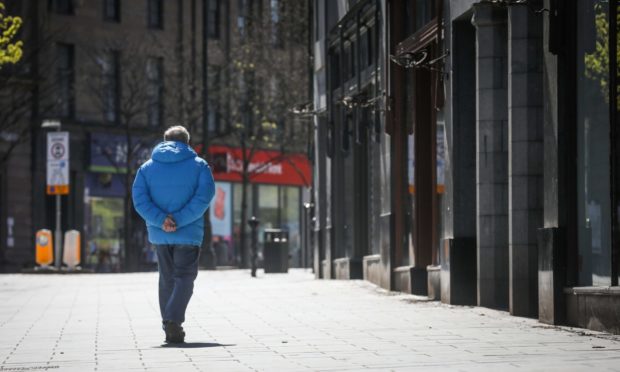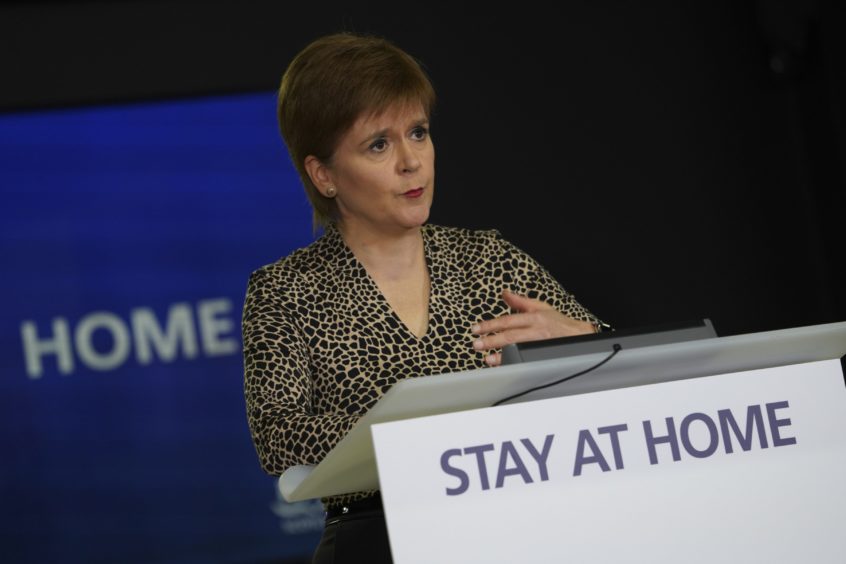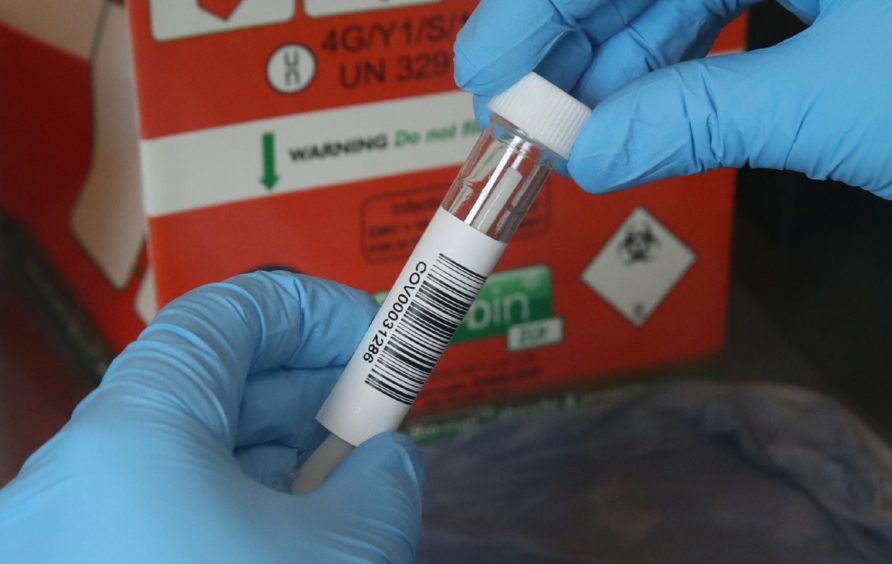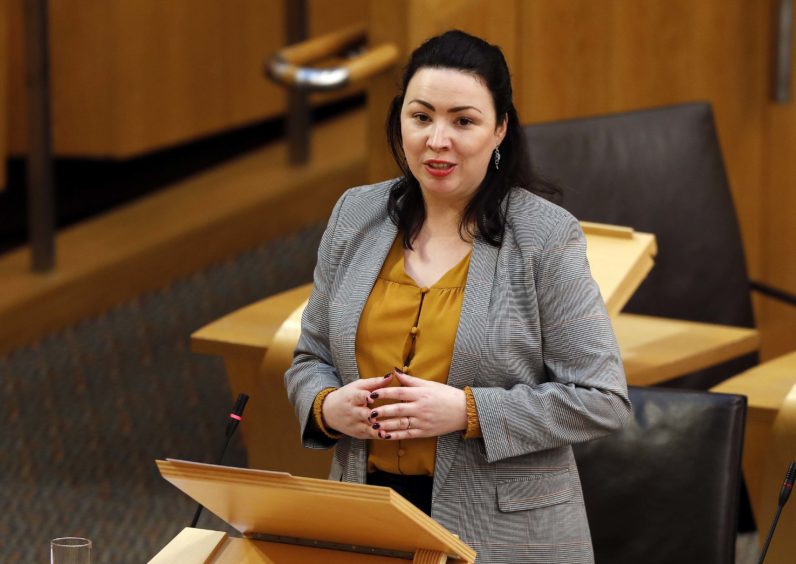Fewer than one in 1,000 Scots are now believed to be infectious with Covid-19, according to new Scottish Government projections.
Research published for the first time on Thursday revealed mid-level estimates for the number of infectious people in Scotland as of June 5 was 4,500, out of a total population of around 5.5 million.
Experts believe the number from Friday could drop to around 3,000 based on current modelling and is expected to decrease to around 2,000 by the end of next week.
It would represent a major fall in the number of infectious people in just one month, with the official estimate on May 8 being recorded at 26,000.
The Scottish Government’s latest projections also showed the R number, the average number of people each infectious person passes the virus on to, was between 0.6 and 0.8 – down from 0.7 to 0.9 the previous week.
Speaking at her daily briefing in Edinburgh, First Minister Nicola Sturgeon cautioned the latest figures do not take into account the period since Scotland introduced the first phase of easing lockdown restrictions.
“Notwithstanding that, these latest estimates reflect the encouraging data that we have seen in the last couple of weeks,” Ms Sturgeon said.
“And there is no doubt, looking at all of this data, that we are making very real progress in combating and suppressing the virus in Scotland.
“A week today we will have a further review of the lockdown restrictions. I am currently very hopeful that at that point we will be able to lift some further restrictions.”
A further five people died overnight, taking the number of laboratory-confirmed fatalities to 2,439. Some 909 patients were in hospital with a suspected or confirmed case, down 78 from the day before, with 21 being treated in intensive care.
Ms Sturgeon said 15,682 people had now tested positive for Covid-19, an increase of 17 from Wednesday.
The first minister has vowed to publish, over the next few days, the results of more than 72,000 Covid-19 tests at UK-run regional testing centres in Scotland.
We reported on Wednesday the information was still not publicly available despite UK ministers stating the results had been sent to Holyrood for weeks and Ms Sturgeon promising last month the results would be ready “within a matter of days”.
She also announced the construction industry in Scotland will be able to move to the next stage of its restart plan, with workers gradually able to return to sites as long as they adhere to hand hygiene and social distancing measures.
“We still have a long way to go before construction will be working at full capacity but there’s no doubt this is a significant step in allowing an important industry to return safely to work,” Ms Sturgeon said.
The first minister confirmed two-metre physical distancing guidance will remain in place, despite pressure from the tourism and hospitality sector.
Scotland is also not ready to follow England’s lead in allowing single adults living alone to form a “support bubble” with another household, Ms Sturgeon said.
The Scottish Government’s “route map” out of lockdown makes no reference to reuniting couples living apart and states physical distancing is expected to remain in place until phase four of easing restrictions.
Scottish Labour health spokeswoman Monica Lennon said more contact could be possible if there was greater use of antibody testing to let people know if they have already been infected.
“If we had antibody tests by now we might be more liberal about hugging,” she said.
“With more and more concern being raised about mental health and social isolation, a hugging ban just doesn’t seem credible in the long term.”



